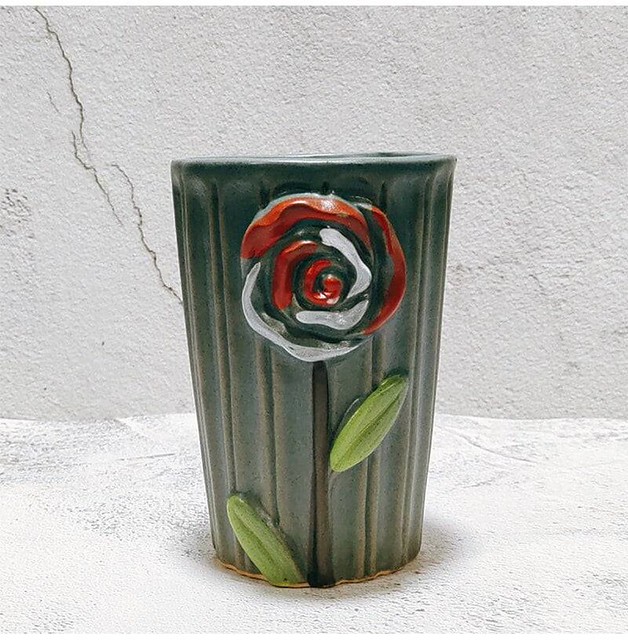Choosing And Caring For Indoor House Plants - Smart Flower Pot
Water your indoor house plants when the underside two-thirds of the pot, the place the plant roots are, start to dry out. You cannot tell if a plant needs watering by taking a look at it. Stick your finger into the soil; if it feels dry near the bottom of the pot, water it. Water thoroughly. Let the water circulation by means of the pot and drip out the drainage holes in the underside. You will have to move the plant before watering to avoid damaging your furniture. Don't let the plant sit within the water that has drained; empty the saucer after it fills. For many indoor home plant sorts, you have to to attend till the plant is dry at the two-thirds stage to water again. Some plants are sensitive to the chemicals in metropolis water. Try watering with purified water as an alternative. Others are sensitive to water temperature. Room-temperature water is the only option.
Houses with central heating are sometimes too dry for indoor house plants, even in the event that they really feel comfortable to people. Grouping plants collectively will elevate the humidity slightly of their speedy space. Placing indoor houseplants on a tray full of gravel or small stones and water can even enhance the humidity. Because the water evaporates, the air becomes more humid. Just do not let the pots sit straight within the water. Misting plants may increase the humidity for a short time. Always mist in the morning; wet foliage at night will increase the chance of disease. Most indoor home plants are very sensitive to drafts, whether hot or cold. Many are additionally sensitive to gas or other pollutant levels within the air. The potting medium should be quite porous to offer correct drainage and aeration, but it surely ought to be dense sufficient to retain some water and nutrients. Many commercially prepared potting soils actually haven't any soil in them at all. Indoor house plants usually get their nutrients from applied fertilizers slightly than from the potting medium. Like different plants, indoor houseplants require nitrogen, phosphoric acid, and potassium. Liquid fertilizers are best for plants grown indoors.

Light is a very powerful requirement for sustaining healthy indoor home plants. The intensity of light and the number of hours of light required will differ relying on the sort of plant you choose. Southern windows have the most intense gentle and are the warmest. East and west windows have about half the light of a south-going through window. Northern exposures normally have less than one-quarter of the light intensity of southern ones. If your windows do not have enough mild for the type of indoor house plant you want to develop, you may supplement with artificial lights. Fluorescent lights do fairly properly, but you may as black flower pot well select special full-spectrum lights if your plants are extra delicate. Remember, all plants require a period of darkness, so don't go away the plant lights on all night. About 16 hours of gentle is plenty, and less is normally adequate. Improper watering is the reason for death for many indoor house plants. There isn't any arduous-and-quick rule for watering; the needs of the completely different plants, the potting soil, overall humidity, and temperature all affect the necessity for water.
Xingchun indoor house plant care is something many individuals wish they knew extra about. When it's too cold for gardening outdoors, many gardeners flip to indoor house plants. Growing plants in the average house is a bit different from growing them outdoors, however not a tough task. Most indoor house plants are actually tropical plants. Many species can be grown in the average house; check the wants of each sort earlier than taking it home. Choose indoor houseplants that look healthy. Avoid plants that have brown leaf margins, many yellow leaves, wilted leaves, or spots. Do not buy a plant with broken leaves or stems, or a plant that is been handled with a leaf shine product. An indoor house plant that has some young progress is an effective selection. Plants with leaf and flower buds are positive signs of fine well being. Check the undersides of leaves for indicators of insects or disease, earlier than purchasing.
